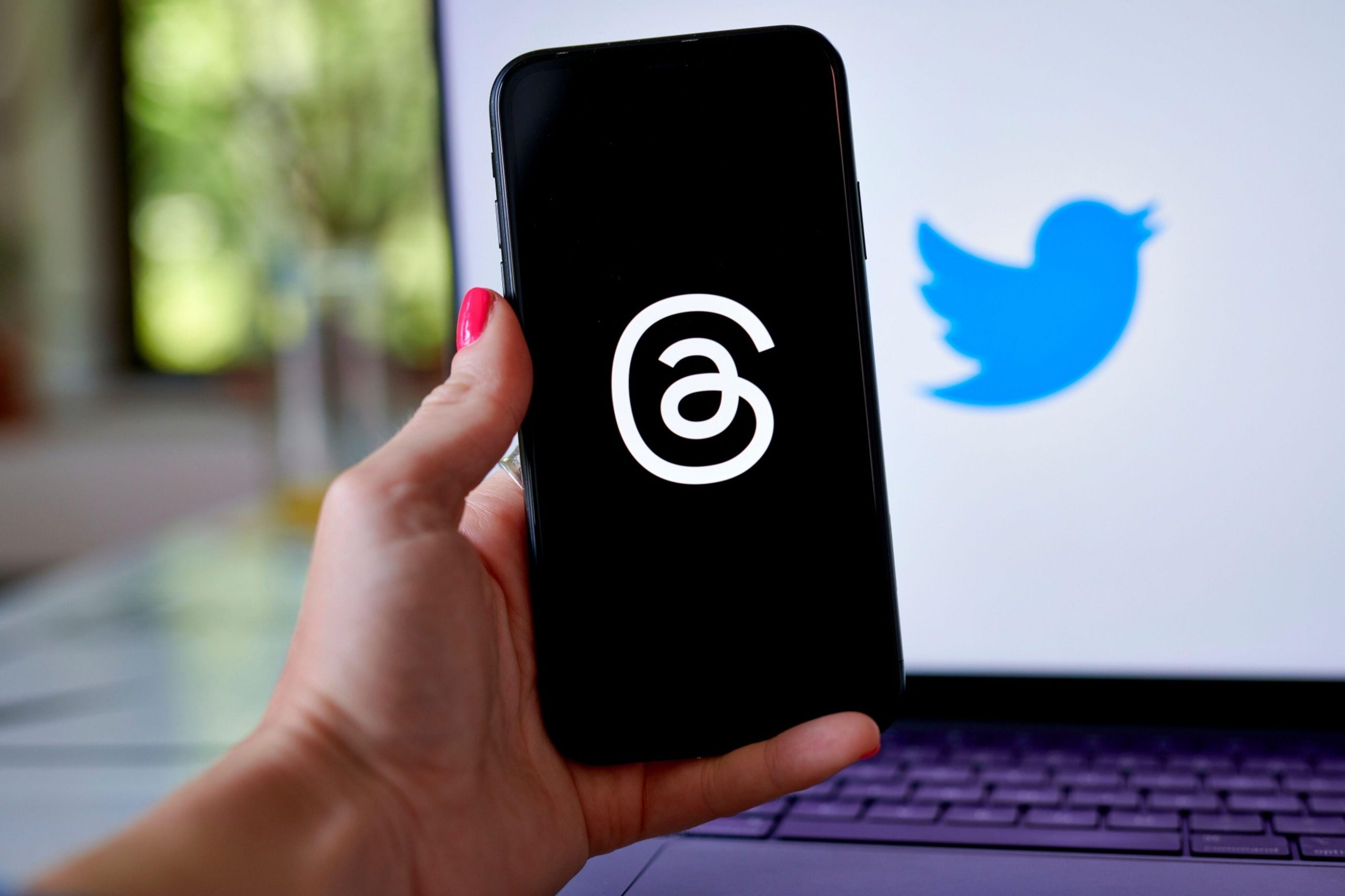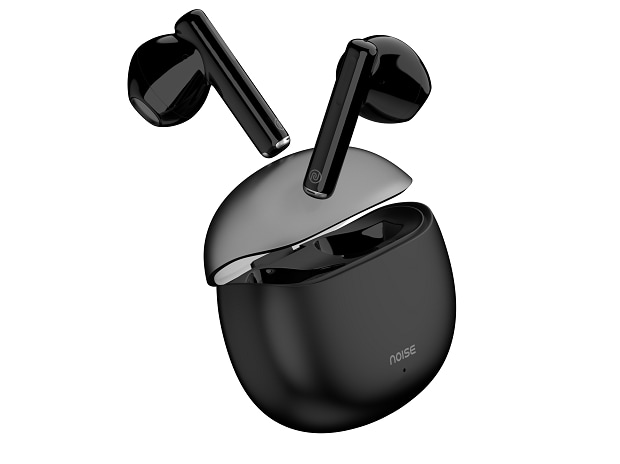By Alex Barinka
Mark Zuckerberg’s Meta Platforms Inc. is incredibly good at making money from other peoples’ ideas — see Instagram and Reels. There’s every reason to think it can do the same with Threads, the Twitter-like app the social network launched earlier this month.
But that’s not what Zuckerberg needs from his latest product. Threads could help bring the center of internet culture back to Meta, once again making it a place where things happen first. Currently, TikTok is that place, minting trends with its entertaining short videos and exerting huge influence over popular music culture.
Instagram once ruled the zeitgeist, with perfectly composed photos inspiring wanderlust and aesthetic lifestyles. Now, the joke among young people is that if it goes viral on TikTok, your mom will see it on Instagram six weeks later.
Twitter had its moment, too, as the place where people rushed to when news broke, during the Super Bowl halftime show or when a meme took off. That app, recently renamed X under new owner Elon Musk, has lost its significance, as illustrated by a sharp decline in users and brands who spend time and money there. Still, there’s one foundation of Twitter’s success that TikTok and Instagram don’t have: It’s so much easier to type out and hit send on a few lines of text than it is to capture and post a video.
Threads’ initial success proved that people were hungry for a new app that would satisfy their need to share thoughts — big and small — quickly and succinctly, with millions of people. The tool racked up more than 100 million sign-ups within days of its launch earlier this month and could generate about $8 billion in annual revenue over the next two years, according to Evercore ISI analysts.
“They’re looking at Twitter as a dying carcass that they can pick over and choose what they want to take,” said Lia Haberman, brand adviser and adjunct instructor at UCLA Extension who teaches social-media and influencer marketing. “I think they’re really looking at TikTok and its cultural conversation, saying, ‘How can we be part of that? To spark those kinds of movements?’”
But since the initial flood of interest, activity and hype around Threads has slowed. The early excitement had more to do with the association with Instagram and Facebook than about the app itself. People have been quick to join but slower to return, as daily users fell to 24 million from 49 million in a week, according to estimates from analytics firm Similarweb.
The 22-day-old app is still missing basic functionality people have come to expect from social media apps, like a desktop version that works in a web browser and the ability for professionals to schedule posts. The app has made some recent updates. On July 25, users got the ability to see posts they “liked,” and a button appeared within the list of accounts following you that allows you to follow them back. Meta also split the Threads timeline into two familiar feeds: a chronological list for accounts a user has chosen to follow, and a “For You” feed, including algorithmically recommended accounts — an approach popularized by TikTok and later replicated by Twitter and Instagram.
Threads content also can just repeat what’s on sister app Instagram, as accounts repost the same thing on both sites. “New: I think these raspberry streusel muffins might be the best muffins I have ever made,” wrote food account @smittenkitchen to 1.7 million followers on Instagram and 138,000 on Threads, where there was also a clickable link.
“There’s a lot of goodwill around Threads right now but it needs to hurry up, show the value, have a purpose,” Haberman said. “People will only be generous with their time and attention for so long.”
So far Threads is still squarely grounded in innovations of the past. Though it has a real shot at overtaking X, which Musk has also promised to remake into a super-app, the real test will be whether Meta can do what Twitter couldn’t: Make text content popular again and the basis of a long-term growth machine. The average user spent 95 minutes a day scrolling on TikTok, compared with just 29 minutes on Twitter, according to a report last year from Sensor Tower. Instagram and Facebook saw 51 and 49 minutes, respectively.
“We’re on it, we’re watching it carefully, and I’m cautiously optimistic,” said Julia White, chief marketing and solutions officer of SAP SE. The German software maker quit advertising on Twitter, once its third-largest source of social advertising spending behind Facebook and LinkedIn, after Musk acquired the company and instituted a series of unpopular changes. Meta “has the infrastructure to do proper content moderation and management that would make it advertising-worthy,” she said.
Meta executives have acknowledged it’s a bare-bones experience, and they’re working on things like improving search and the ranking of content on the app. “There’s still a lot of basic functionality to build,” Zuckerberg said Wednesday. “Once we feel like we’re in a very good place on that, then I’m highly confident that we’re going to be able to pour enough gasoline on this to help it grow. When I look at all the different social experiences, it just seems there should be one like this.”
Threads was initially launched quickly by a small team: Less than 100 employees with a few dozen engineers, according to a person familiar with the matter. Those numbers are already growing, said the person, who asked not to be identified discussing company strategy. Meta declined to comment on the size of the team. Zuckerberg has said he plans to add advertising once the app is on a clear path to 1 billion users — something Twitter never achieved.
The company is investing in Threads even as it scales back elsewhere during its “year of efficiency,” and as growth in its main social businesses have plateaued. Monthly user bases at Facebook and Instagram have stalled at around 3 billion and 2 billion, respectively. Revenue, which mostly comes from digital ads, has been challenged by tough economic conditions, the shift to short-form video as well as a change in Apple Inc.’s iOS privacy policies that made some online ads less effective.
)
“While investors have been encouraged by efficiency efforts this year, they may increasingly be looking for Meta to return to double-digit growth for 2023, with the help of Threads,” said Scott Kessler, global sector lead for technology, media and telecommunications at research firm Third Bridge in New York. “When should Meta move to monetize Threads? Perhaps not long after Labor Day to allow advertisers to use it for the holiday shopping season.”
That would be a familiar route for Meta: Improve Threads’ features while not straying too far from the Twitter template, then powering up its advertising machine. That’s what the company did when it borrowed Stories from Snapchat and Reels from TikTok, both of which have become money makers for Meta.
Meta can’t afford to bask in its initial success for too long, UCLA’s Haberman said. TikTok is already on Threads’ heels, rolling out a text-only option for its feed this week
Note:- (Not all news on the site expresses the point of view of the site, but we transmit this news automatically and translate it through programmatic technology on the site and not from a human editor. The content is auto-generated from a syndicated feed.))



